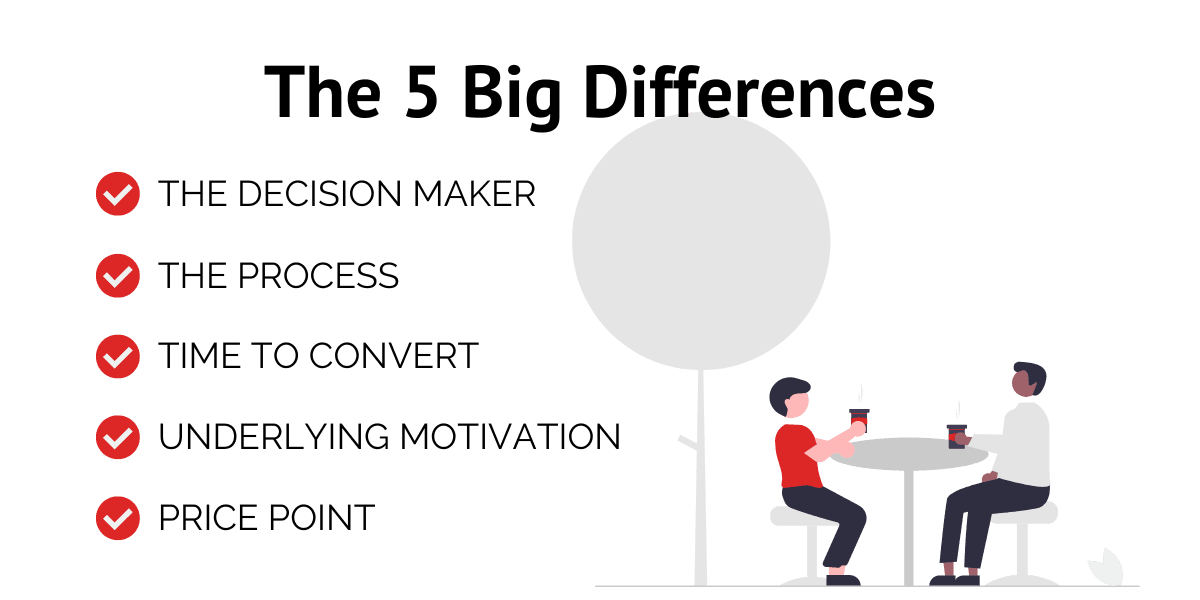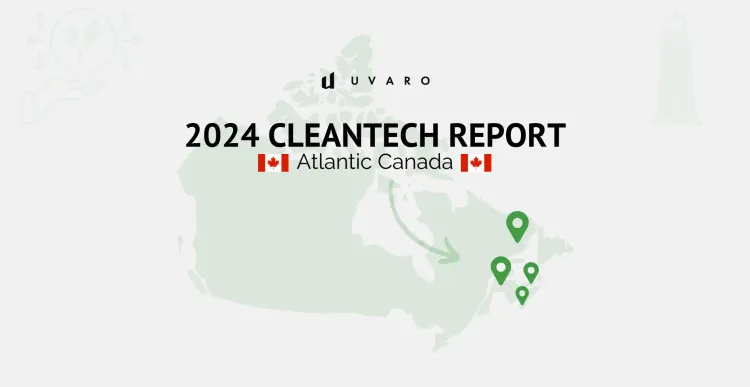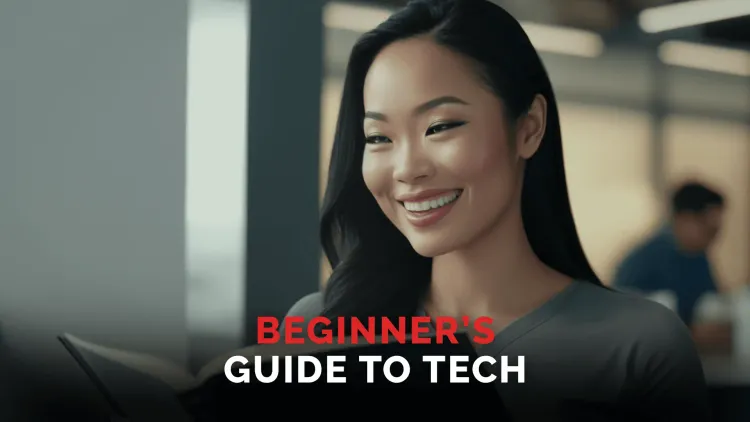B2B vs. B2C Sales – Strategies and Tactics
Overall the fundamental difference between B2B and B2C sales. B2B sells to business. B2C sells to consumers. Thank you for coming to our Ted talk.

Dec 21, 2022
Overall, the fundamental difference between B2B vs. B2C sales is that:
- B2B sales involve selling a product or service to a business entity
- B2C sales involve directly selling to the end-user, the consumer
Thank you for coming to our Ted Talk.

But seriously, if you're new to the sales and marketing field, it may come as a surprise that there is a distinction. It's only natural to assume that salesmanship is salesmanship whether you're selling titanium widgets or cloud software.
But that's not telling the whole story. When you're out in the field, making calls and following up with prospects, you can run into unexpected deal breakers and peculiar situations that don't fit neatly into traditional sales scripts.
That's why we wrote this guide to give you a go-to resource when you get lost in the wilderness and need to find your way back home – back to your comfort zone where you're closing deals and smiling the whole way.
B2B vs. B2C – High-level strategies
In short, you tackle B2B sales and B2C sales differently. The former requires a more concerted, logical approach; the latter requires a gentler, more evocative touch.
The old-school marketing cliché is that consumers make decisions based on emotions while businesses primarily make decisions based on profitability and logic, or at least, they try. While we believe that this perspective is generally true, you'll find out that prospects don't always react the way you'd expect during our course.
What is B2C?
For example, a B2C campaign for a new brand of high-performance spark plugs could target the auto mechanic market. Still, this consumer segment doesn't necessarily make strictly emotional purchasing decisions.
Likely, a seasoned mechanic will want to know the spark plug's exact specifications and why it's better than a less expensive alternative – because it's just a spark plug, after all.
The marketing team may insist on adding a cool lightning bolt graphic on the packaging, striking a red sports car perhaps, but to the mechanic in a rush to repair an engine on time, will that appeal to him?
Now, let's pivot the prospect to a self-proclaimed car guy” who performs his own auto maintenance with his buddies and is genuinely passionate about his hobby. Best of all, he recently purchased a fiery red sports car and is looking for ways to improve engine performance and fuel efficiency.

So, is this consumer more likely to buy the high-performance spark plug with eye-catching, cool packaging? The answer is not always clear, so always be careful about how you position B2C prospects. Until you speak with them face-to-face, it's much harder to "read" their motivations and position the product accordingly. That's the difficulty in navigating the B2C landscape, yet the B2B landscape is remarkably different.
What is B2B?
Moving along, let's take our example of the new spark plug brand and go up one level to the manufacturer itself. Not many people know that state-of-the-art manufacturing software technology – not robots – is driving incredible amounts of revenue. Nowadays, it's no easy task to fabricate anything at volume without managing an extended global supply chain for components, assembly, and quality control.
In this context, a B2B sale would be when the manufacturer chooses one parts supplier over another to produce the best high-performance spark plugs imaginable – at a reasonable price point. In B2B sales, emotion plays very little into the purchasing decision. For businesses primarily concerned with profit, it's more about justifying the purchase by demonstrating the return-on-investment immediately and over time.
Basically...
A business always has a more thorough and systematic sales process, especially if it's a large enterprise. Typically, the purchasing decision doesn't boil down to one individual; it might be a group decision, in the end, so you'll have to adjust your tactics. Still, let's say that you graduated from our boot camp and landed a job at a manufacturing software start-up company.
Genuinely, you can't wait to tell prospects about the technology's benefits and potential cost savings to the business, the immediate quick wins. But when you contact the IT department, you get nowhere, even if the prospect filled out an online lead capture form.
So, what went wrong? Essentially, in B2B, you're navigating and adjusting on the go to the sales process for that particular prospect. Manufacturers usually have a procurement role that manages sales contracts, so if you approach them with B2C tactics, you won't give yourself a chance to succeed.
Knowing the high-level strategic differences between the two forms of sales and marketing is vital to actually execute a sales pitch at the tactical, real-world level.
B2B VS. B2C Sales: The 5 Big Differences

1 - The decision-maker
As we touched upon briefly, a B2B decision-maker isn't usually a single person; it's a group of individuals most of the time. Ideally, you want to influence the team member with the most authority to approve or disapprove of a sale.
One of the easiest mistakes to avoid is wasting time speaking with someone at the company who has no authority. Essentially, there is a screening of sorts to keep the procurement team on target and not get distracted by outside sales.
At Uvaro, we teach our students the ins and outs of what the decision-making process looks like at businesses. You adjust your methodologies to fit that particular business to see tangible results.
On the other hand, the decision-maker in a B2C context could be the consumer making an impulse buy, or it could be someone buying the product as a gift. If you were making face-to-face B2C sales, you might get paid on commission, and you would need to know who the end-user is as soon as possible.
2 - The decision-making process
Along those lines, it's tricky to navigate a prospect's decision-making process. You may not even know precisely how a prospect chooses which products to buy and which to bypass.
In a B2B context, there may include an entire procurement department, but the final choice may rest on one person. Usually, this person holds an upper-management position with job titles like Vice President; however, you'll come across moments when this decision goes all the way up to c-suite executives.
Instead of a group, the B2C decision-making process usually depends on the whims and wants of that particular person. One of the most challenging aspects of B2C is knowing the customer inside out, what they like and hate. That's why B2C sales and marketing teams rely heavily upon focus groups, surveys, and social media analytics. It's one of the only ways to get to know a consumer's buying habits and get ahead” of them.
B2B sales usually won't emphasize this tactic because you want to reach a prospect where they are most comfortable, their own sales and procurement processes.
3 - Time to convert
In B2B, the sales cycle will definitely be much more lengthy and complex. At moments, it'll seem like you're not making any progress with a prospect whatsoever, and then they pop in out of the blue and request a demo.
Success in business-to-business sales requires that you make a lasting impression at every touchpoint. Most likely, your prospect is deciding which solution works best among several other options, so why should they choose you?
The answer is, they'll choose you because they're comfortable speaking with you. They're confident that you empathize with their pain points and expectations, and ultimately, that rapport is what moves the ball forward.
In B2C sales, consumers can make a purchasing decision on a whim if they see a funny, eye-catching advertisement but not always. There is a significant segment of price-conscious, value-seeking consumers, but the trick is that these buyers, too, make decisions based on emotion, justifying it later with logic.
4 - Underlying motivation
Concerning underlying motivation, a B2B sale will almost always involve a financial aspect. Companies want to know that your product or service will save them money over time through either efficiency or "waste" reduction.
The hypothetical spark plug manufacturer we discussed previously may have serious quality control issues. They're losing valuable time and resources as factories consistently need repairing, and the products continue to have defects.
If you were approaching this prospect, you'd have to understand how detrimental these operational mishaps are to the manufacturer's brand. That's when you can use underlying motivation to your advantage and demonstrate why they can't afford to go another day without your software.
With B2C sales, the underlying motivation is by far the most difficult metric to quantify because they are a profound difference between what people say and what they do.
5 - Price point
That said, B2B prospects and B2C prospects view price points differently. In a B2C context, the end-user may or may not care about price at all. The luxury shopper is a perfect example because the price is no object, and the products in this market come with a high price point – and a sizable commission.
But in B2B sales, the price will be a prospect's main concern most of the time. Prospects want to know how much they save today and ten years from now down to the very dollars and cents. That's why knowing your product's return on investment is so crucial.
The good news is that B2B prospects may be willing to spend more for a premium solution. Many simply can't wait to invest in long-term solutions. The trick is knowing when to adjust tactics and read your prospects.
Improve with Uvaro Today
At Uvaro, we train sales representatives in B2B strategies and tactics because we're passionate and enthusiastic about sales and want to prepare you for a start in a new career.
Undoubtedly, a sales career requires a positive attitude as it is a competitive path, from start to finish. Our curriculum provides a 360 perspective on sales strategies, including targeted business-to-business (B2B) and business-to-consumer (B2C) tactics.
Contact us to learn more about what we can do and speak with a course administrator.






